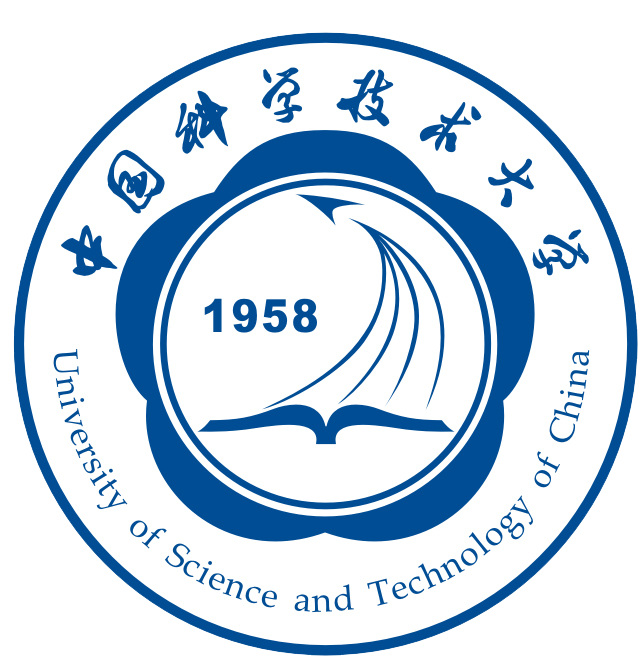Our group has been focusing on organic germanium chemistry since 2015 when founded. Our early studies started from the conversion of basic industrial raw material GeO2, therefore we didn’t publish any work until 2018.
Germanium is the No. 32 element, lies between Si and Sn of 14th Group in the Periodic Table. Compared with the researches of Si and Sn in organic chemistry, the research of organic germanium chemistry is fairly scarce. There are many reasons for this, such as uneven distribution of germanium across the world. The reserve of germanium in the United States and China both make up more than 40% of that in the world, while that of the rest place make up only a small fraction. Due to that germanium in China is easier to extract from industrial wastes such as coal ash, the price is very low (about 1$/g for GeO2). As a result, China provides more than 70% of germanium on the world market.
Germanium is well recognized as a safe and non-toxic element. Some organic germanium compounds such as spirogermanium and Ge-132 have been used in medicine or as food additives. Although its physiological activity still remains to be explored, some germanium-containing organics are edible, which clearly is a advantage over Sn. Therefore, we have developed a series of germanium-containing nucleophiles, which exhibit higher activity higher than Si and higher stability than Sn. If they are used in drug synthesis, we believe that the risk of metal residues would be much lower.
In addition, other chemical properties of germanium also attract us. For example, the properties of Ge-center radicals are similar to Sn, but there are obvious rate differences between them in hydrogen extraction. Low-valent germanium compounds exhibit properties similar to carbenes and are able to directly insert into the carbon-halogen bond. All in all, organic germanium chemistry is unique, it is interrelated to Si and Sn chemistry which would attract wide interest. Therefore, useful synthetic chemistry for germanium can be certainly developed.

